
Did you know that babies wake up between 4-6 times per night during their first year? How they fall back asleep depends entirely on their sleep associations—the conditions or cues your baby connects with falling asleep.
These powerful neural connections determine whether your nights are filled with peaceful slumber or hourly wake-ups requiring your intervention.
From nursing to rocking to white noise, sleep associations shape your baby’s ability to self-soothe and connect sleep cycles.
Understanding sleep associations matters because they directly impact the well-being of your entire family, including your baby’s development and mood.
Quality sleep supports your baby’s brain development, immune function, and emotional regulation while helping parents maintain their mental health and energy.
This resource will help you understand the science behind sleep associations and practical approaches to nurturing healthy sleep habits for your little one.
What Are Sleep Associations?
Sleep associations are the conditions or elements that a baby connects with falling asleep. These are essentially cues that signal to your baby’s brain that it’s time to sleep.
They begin forming in early development as babies recognize patterns in their sleep routine. Neurologically, these associations become embedded in a baby’s brain through repeated experiences—their developing nervous system creates connections between certain actions (like rocking or nursing) and the transition to sleep.
When these neural pathways strengthen, babies come to depend on specific conditions to fall asleep. Understanding these connections helps parents recognize why their baby might struggle to sleep in different circumstances.
The Science Behind Sleep Associations
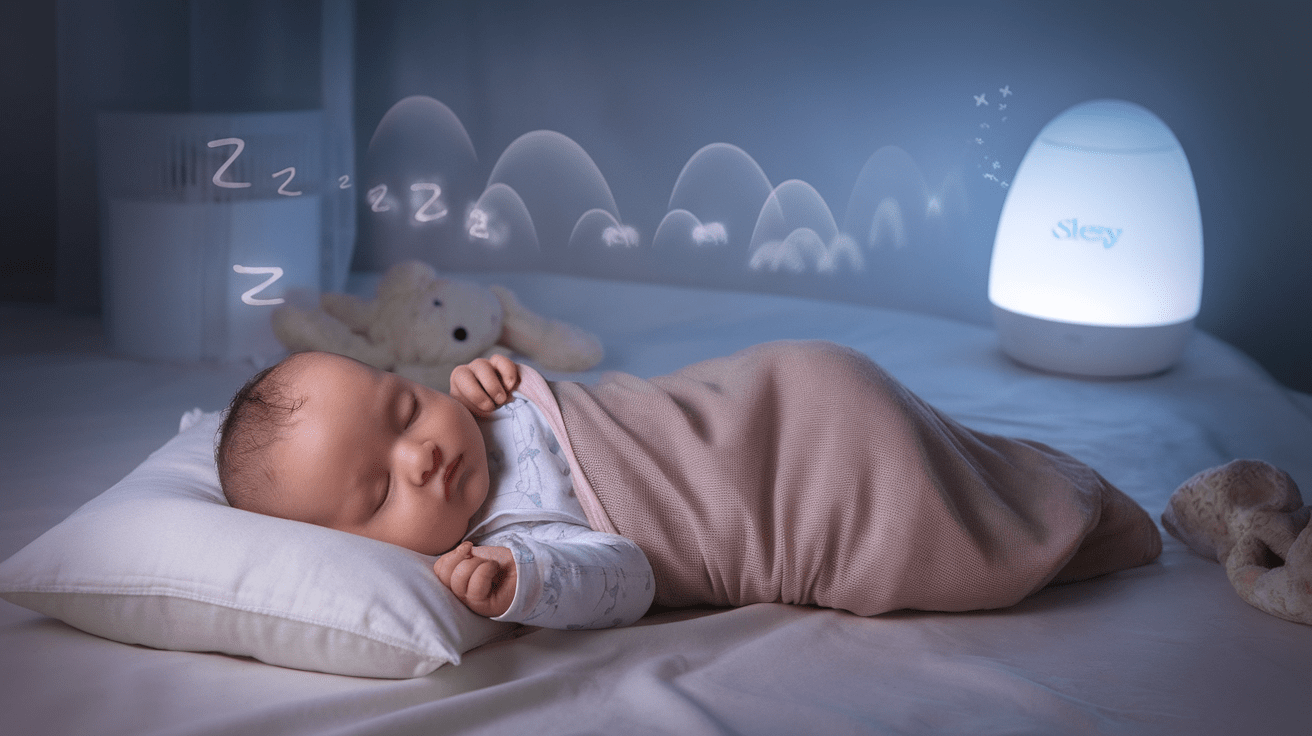
Sleep associations are deeply rooted in neurobiology. When babies transition to sleep, their brains undergo specific neurological changes—moving from alertness to drowsiness and eventually to deep sleep.
During early development, infants’ brains are actively forming neural pathways that connect certain experiences with sleep initiation.
These connections strengthen with repetition, essentially “wiring” the brain to associate specific conditions with falling asleep.
Unlike adults who have 90-minute sleep cycles, babies cycle through sleep states every 50-60 minutes, experiencing more frequent transitions between light and deep sleep.
This explains why infants wake more often and may need their sleep associations reinstated to return to sleep throughout the night.
Types of Sleep Associations

Sleep associations fall into different categories based on how they affect both the baby’s and the parents’ sleep quality and independence. Understanding these types can help you cultivate healthy sleep habits for your little one.
| TYPE | DESCRIPTION | EXAMPLES |
|---|---|---|
| Positive Associations | Help babies fall asleep and stay asleep independently without needing parental help during wakings | – White noise machines that run all night – Consistent bedtime routine (bath, book, bed) |
| Negative Associations | Require parental intervention every time the baby wakes, disrupting everyone’s sleep | – Nursing or feeding to sleep – Rocking or bouncing to sleep |
| Neutral Associations | Can be parent-dependent or independent based on implementation and family routines | – Gentle patting or shushing with gradual fade-out – Parent presence gradually reduced |
Common Sleep Associations in Babies
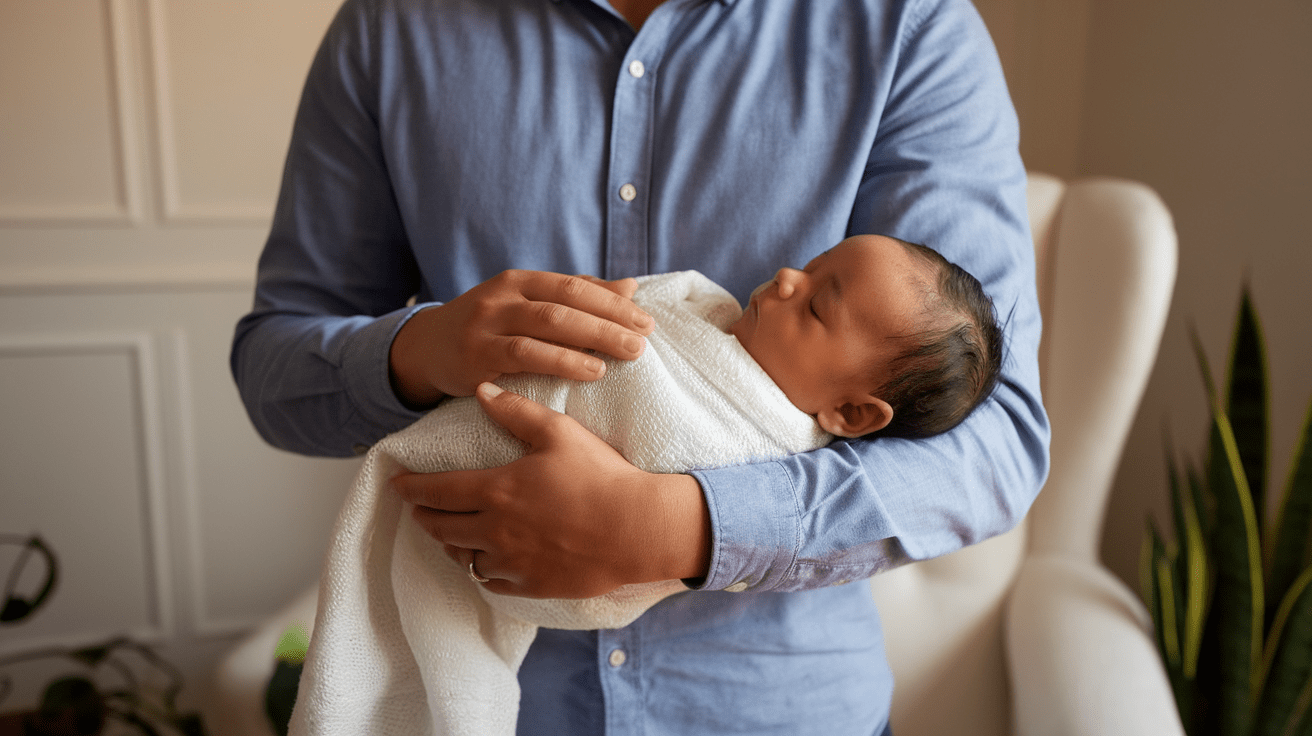
Sleep associations play a crucial role in how babies fall and stay asleep. These are the conditions or elements that babies connect with the process of falling asleep. Let’s explore the most common sleep associations that babies develop.
1. Nursing to Sleep
Nursing to sleep is perhaps the most natural sleep association for many babies. The combination of skin-to-skin contact, rhythmic sucking, and the comfort of being close to mom creates a powerful sleep trigger.
Many breastfed babies associate the breast with sleep onset, which can be soothing and effective for helping them drift off.
However, this association may lead to frequent night-wakings when babies expect to nurse again to return to sleep after completing a sleep cycle.
2. Rocking/Movement
Babies are naturally soothed by movement, which mimics the motion they experienced in the womb. Many parents find that rocking, swaying, or bouncing helps their little ones fall asleep quickly.
Some babies become so accustomed to this motion that they struggle to fall asleep without it.
This can become challenging for parents who need to maintain the rocking motion until deep sleep is achieved and may need to repeat this process multiple times during the night.
3. White Noise/Music
Sound-based sleep associations can be particularly effective for helping babies filter out environmental noises and signal sleep time. White noise machines, lullabies, or even the sound of a fan can become powerful sleep cues.
The continuous nature of white noise makes it one of the more sustainable sleep associations. It can play all night without requiring parental intervention when a baby transitions between sleep cycles.
4. Pacifiers
Many babies find sucking to be incredibly soothing, making pacifiers a common sleep association. The rhythmic action of sucking helps babies self-regulate and calm down for sleep.
While pacifiers can be effective sleep aids, they can also become problematic when babies wake up after the pacifier falls out and need assistance replacing it throughout the night.
5. Physical Touch/Holding
The feeling of being held close provides babies with a sense of security that helps them relax into sleep.
Contact napping (sleeping while being held) or needing a hand on the tummy or back to fall asleep are common touch-based associations.
While these provide wonderful bonding opportunities, they can create dependencies that make independent sleep difficult to achieve.
Do Babies Naturally Grow Out of Sleep Associations?
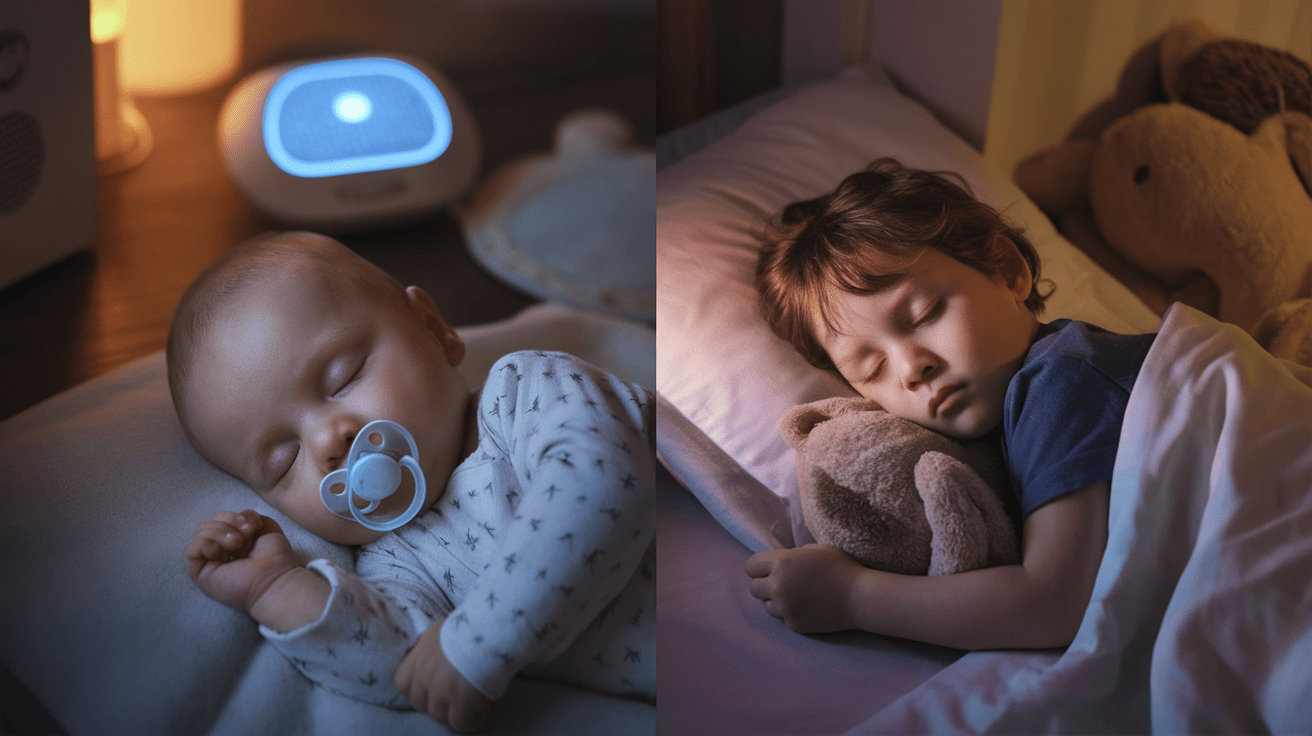
While some babies gradually outgrow certain sleep associations, many don’t naturally abandon them without intervention.
Developmentally, most babies become capable of self-soothing around 4-6 months, but this doesn’t guarantee they’ll spontaneously change established sleep patterns.
Associations often persist because they’re comforting and familiar—babies have no motivation to change what works.
The common belief that all babies eventually self-resolve sleep dependencies is largely a myth. Some may naturally transition to independent sleep, but many continue their established patterns well into toddlerhood.
Each child is unique, with some requiring more guidance than others to develop new sleep skills.
Signs Your Baby’s Sleep Associations May Be Problematic
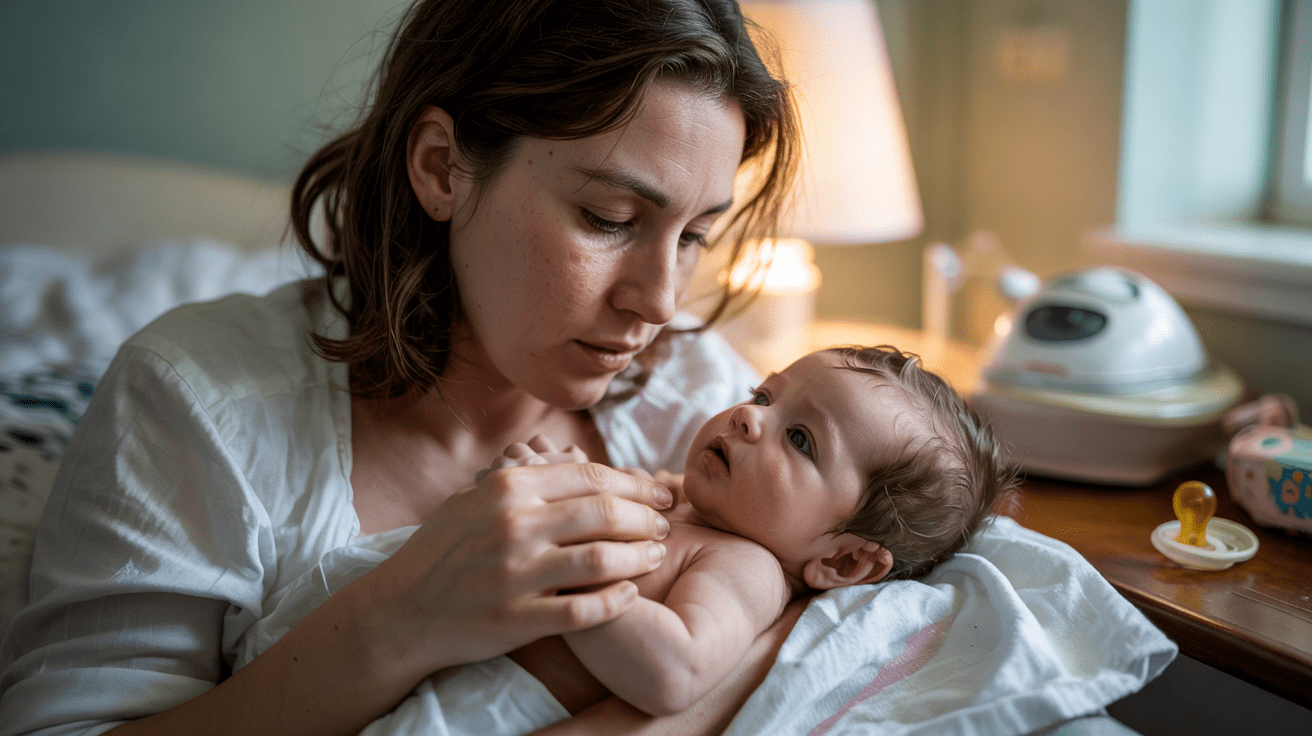
All babies wake naturally at night, but frequent wakings that require constant parental help—like feeding, rocking, or failed crib transfers—may signal problematic sleep associations.
If your baby wakes every 30–60 minutes or struggles to stay asleep alone, it can lead to exhaustion for everyone.
Signs include crankiness, short naps, and parental burnout. Gently addressing these patterns can improve sleep quality for both the baby and the parents.
5 Important Warning Signs:
- After 6 months, the baby wakes more than 3–4 times nightly and needs the same help to fall back asleep.
- The sleep routine must be repeated for hours as the baby fully wakes during crib transfers.
- Parental health is affected by ongoing sleep deprivation.
- The baby takes short, irregular naps and remains overtired.
- Persistent, unpredictable sleep issues disrupt his family life.
How to Change Your Baby’s Sleep Associations?
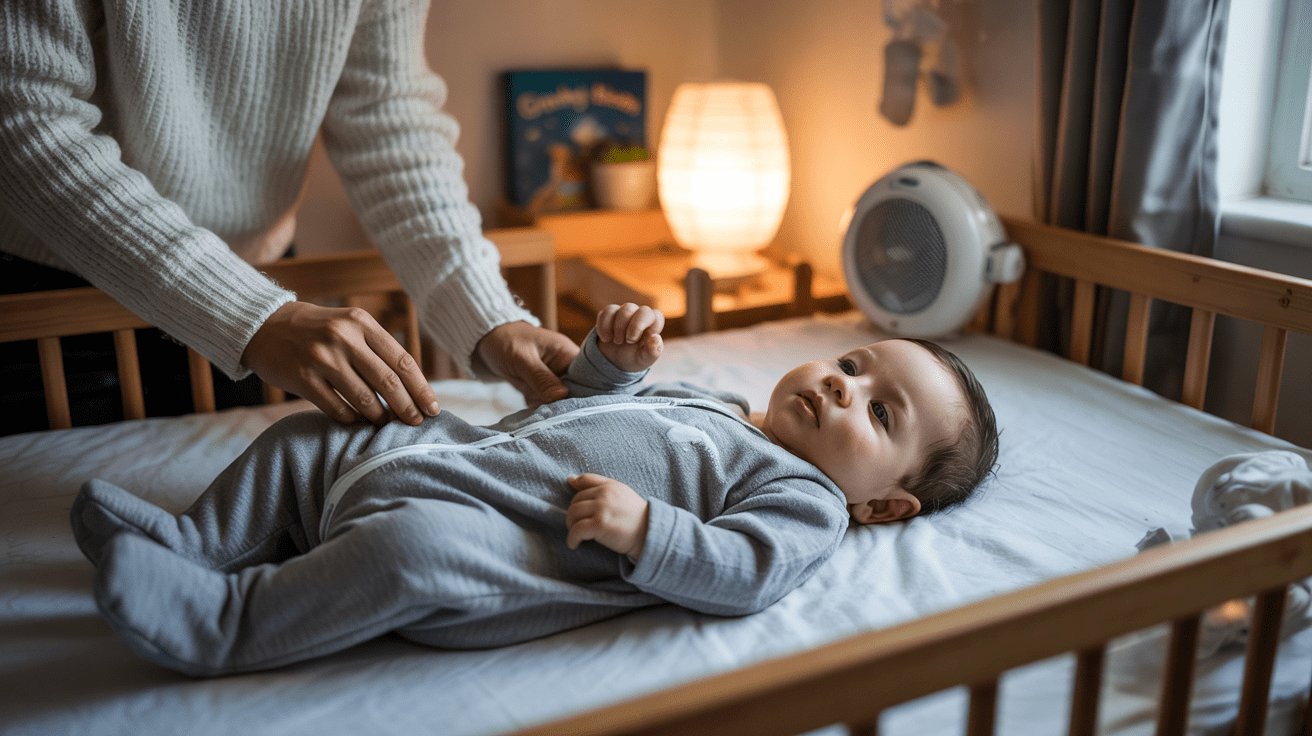
Modifying your baby’s sleep associations can feel overwhelming, but with thoughtful, gradual approaches, you can help your little one develop healthier sleep habits.
The key is understanding that change takes time and respecting your baby’s emotional needs throughout the process.
1. Age-Appropriate Strategies
Newborns (0–3 months): Focus on sleep foundations like soothing routines and occasional drowsy-but-awake practice—no need for consistency yet.
Babies (4–12 months): Begin gently shifting sleep habits, like reducing nursing time or using a chair method with less direct help.
Toddlers (12+ months): Communicate changes with simple language, introduce a comfort object, and use bedtime books to support transitions.
2. Gradual Transition Techniques
The fade-out method involves gradually reducing sleep cues—like rocking—by stopping when your baby is drowsy or not fully asleep and easing off over time.
Bedtime fading shifts bedtime later to match natural tiredness, then slowly moves it earlier as sleep improves.
Suck/release technique means gently removing the breast or bottle just before your baby falls asleep to encourage independent sleep.
3. Consistency and Patience
Consistency builds trust and security during sleep changes. Stick to the same approach each time, allowing 2–3 weeks to see progress. Some fussing is normal—babies often resist change—but learn to recognize true distress. Calm, steady reassurance helps your baby adjust while feeling safe and supported.
4. Creating New Positive Associations
Introduce consistent, parent-free sleep cues to help your baby self-soothe. A simple bedtime routine—bath, pajamas, book, and a phrase like “it’s sleepy time now”—builds strong sleep signals.
Add white noise, blackout curtains, or a sleep sack to reinforce the sleep environment. This shift isn’t about removing comfort but about offering it in ways that support independent sleep across the night.
The Balanced Approach to Sleep Associations

The balanced approach to sleep associations acknowledges that neither extreme strict sleep training nor completely parent-dependent methods work for every family.
This middle-ground philosophy respects both your baby’s emotional needs and your parents’ need for rest.
Instead of abrupt changes, balanced methods focus on gentle, gradual modifications to existing sleep associations.
For example, slowly reduce the duration of rocking before placing your baby in the crib, or sit beside the crib offering reassurance without immediately picking up your baby.
This approach prioritizes your baby’s emotional security while gradually building independent sleep skills. It recognizes that all families have unique dynamics and tolerance levels for sleep disruption.
The balanced method maintains safe sleep practices throughout any transitions—always placing babies on their backs on firm surfaces, keeping the sleep environment free of loose bedding, and monitoring for signs of overtiredness or stress during the process.
Success comes from consistency and patience, acknowledging that meaningful sleep changes take time.
Age-Specific Sleep Association Strategies
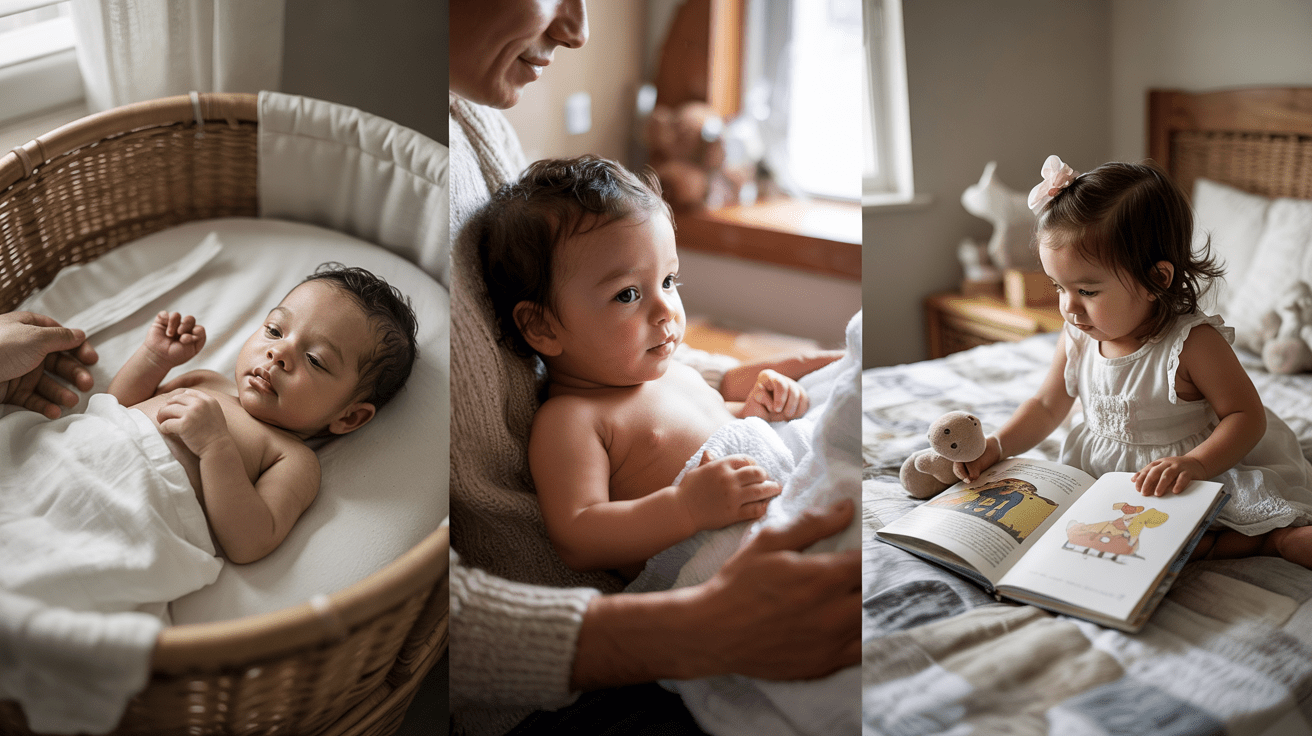
Understanding your baby’s developmental stage helps guide how you approach sleep associations.
Here’s a quick reference table:
| AGE | WHAT TO EXPECT | WHAT TO DO |
|---|---|---|
| 0–3 months | Sleep associations are normal and needed | Use flexible routines, support soothing, focus on safe sleep |
| 4–11 months | Sleep patterns mature, and self-soothing begins | Start gentle changes, use routines, and reduce parent-dependent habits gradually |
| 12+ months | Responds to structure and simple choices | Communicate clearly, offer choices, use comfort items, try gradual methods |
When to Seek Professional Help?

Persistent sleep challenges that significantly impact family well-being may warrant professional help.
Consider reaching out if severe sleep deprivation is affecting your mental health, if your baby shows signs of sleep disorders like excessive snoring or breathing pauses, or if sleep issues continue despite consistent attempts at improvement.
Several specialists can assist with baby sleep concerns: pediatric sleep physicians for medical issues, certified pediatric sleep consultants for behavioral approaches, and some lactation consultants who specialize in sleep-feeding connections.
During consultations, expect a comprehensive assessment of your baby’s sleep patterns, health history, and family dynamics.
Professionals typically create customized plans based on your parenting philosophy and comfort level and offer follow-up support as you implement changes.
Wrapping It Up
As learnt, sleep associations profoundly impact how your baby falls asleep and stays asleep.
Understanding these powerful cues gives you valuable tools for improving, whether you are catering to the intense needs of a newborn or helping your toddler develop independent sleep skills.
Remember that addressing sleep associations isn’t about forcing independence before your child is ready, but rather finding a balanced approach that respects both your baby’s emotional needs and your family’s need for rest.
The path to better sleep is rarely linear—expect occasional setbacks during developmental leaps, illnesses, or travel. Be patient with yourself and your little one through this process.
Most importantly, trust your instincts. Every baby is unique, with different temperaments and needs.
The most effective approach will always be the one that honors your child’s individuality while supporting your family’s well-being.
If you’re interested in more informational content on mothers and babies, feel free to click here and explore other blogs that you might enjoy.
